Support material testing and equipment testing
Focus on R & D and manufacturer of plasma cleaning machine for 20 years

Focus on R & D and manufacturer of plasma cleaning machine for 20 years

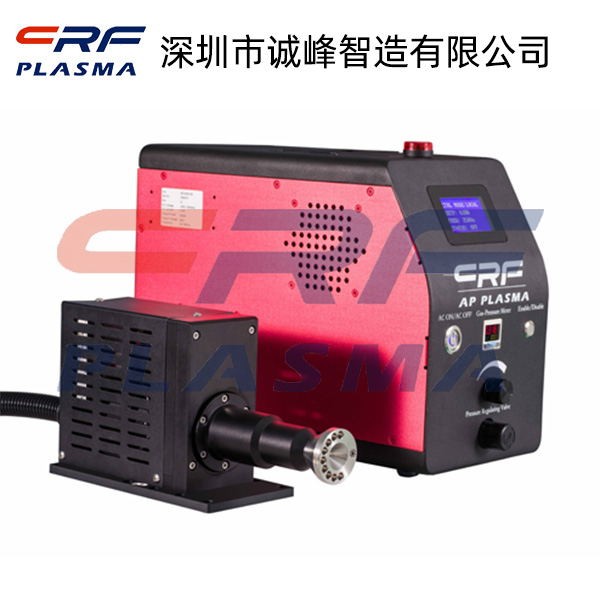
By using low-temperature plasma technology to modify the surface of protein materials, it is clear that under the action of different plasmas, new active groups can be introduced on the surface of protein materials or protein fibers, or new functional groups can be introduced by grafting. The introduction of these groups, on the one hand, changes the surface properties of the material, such as hydrophilicity, surface polarity, surface charge, surface energy, etc., on the other hand, it creates conditions for further modification of the material, and these activities can be more easily passed through. The group realizes chemical cross-linking (modification) between fibers, and even provides the possibility to realize chemical reactions that cannot or are difficult to achieve under conventional conditions.
High-energy active particles (including ions, electron radicals, etc.) in low-temperature plasma. The active particles formed by these non-polymeric gases in the radio frequency electric field collide on the surface of the material, resulting in energy transfer, resulting in the breaking of surface chemical bonds, and some of them are generated Macromolecular free radicals, part of which are bound to the molecular bonds on the surface of the material, change the chemical composition of the surface of the material, thereby modifying the surface properties of the material.
CRF-VPO-4L-S
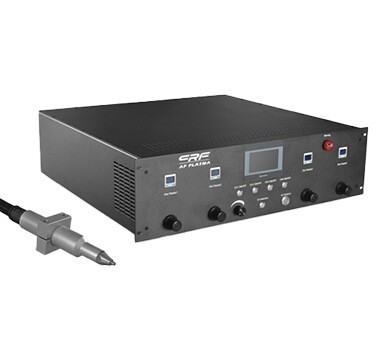
CRF -APO-IP-XXHD-DXX
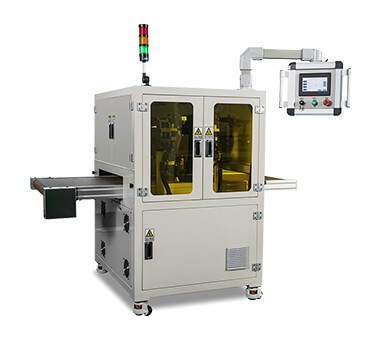
CRF-APO-500W-C
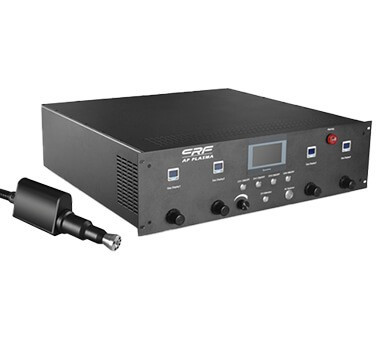
CRF-APO-IP-XXHD-RXX
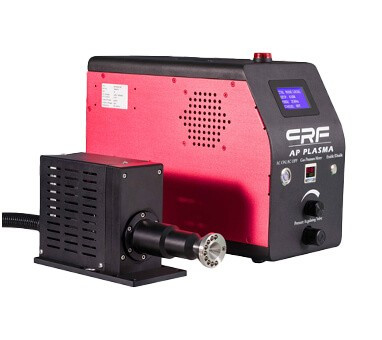
CRF-APO-RP1020-D
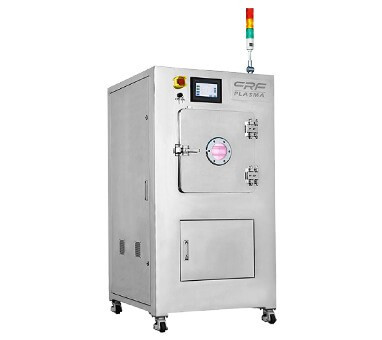
CRF-VPO-8L-M
Research on the modification effect of various high-energy particles of oxygen plasma on the surface of bamboo charcoal
more >The function and process value of the equipment of Chengfeng Zhizhi plasma processor manufacturer to process masks
more >The NGTi-based TIO2 film becomes very dense, smooth and hydrophilic after the etching process of the Ar plasma cleaner
more >The plasma cleaner manufacturer introduces the difference between magnetic binding fusion and inertial binding plasma
more >Plasma PCB cleaning machine PCB faces greater challenges in materials and process technology
more >The improvement of low-temperature plasma surface treatment machine on the surface bonding effect of PTFE materials
more >